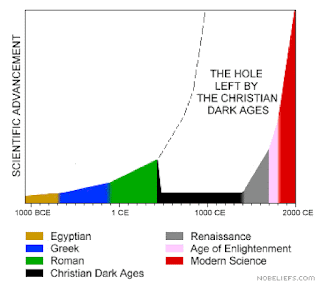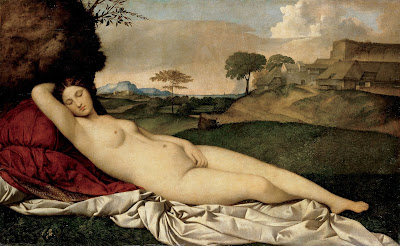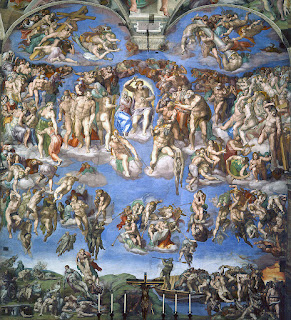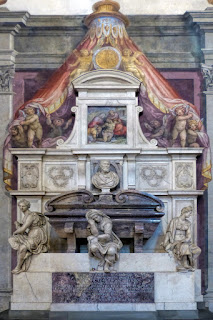9. Art of the High Italian Renaissance & Mannerism (1450-1600)
What was it about? What were the goals?
This was one of the greatest points in art history, that, in some ways, was never surpassed. The story of the Renaissance is a quest for perfection, which the greatest artists of this time, Da Vinci, Raphael, Michelangelo, and others, were able to reach. These artists perfected artistic techniques and problems, such as composition, anatomy, linear and atmospheric perspective, foreshortening, light and shadow, and characterization. But, it wasn’t just technical tricks, these artists used their newfound knowledge, combined with philosophy and religion to make extremely profound and inspiring artworks with lessons to teach. This is the time where most artists began the switch to oil paint, which was much more versatile and rich.
A bit of historical context:
The underlying philosophy of the period:
Many artists and scholars of this time followed a philosophy of humanism, originating from ancient Greece. Today, we think of humanism as promoting independence, based on critical thinking, logic, and evidence. Most humanists today are atheists.
It wasn’t like that during the Renaissance. Humanism was seen as being well educated and well spoken. The Catholic Church embraced and adopted many concepts of humanism. Humanists like Petrarch (himself a priest) were the first to consider the time between antiquity and their own as a Dark Age, where knowledge was lost. People joke, we could be flying to the stars by now if it weren’t for the dark ages:
Renaissance humanism was based on an optimism that if enough wisdom were found and connected between ancient texts of differing faiths, that perhaps a new harmony could be achieved among the great religions of the world. It was wishful thinking, but it did allow for a greater degree of intellectual freedom in Europe... for a time...
What's Mannerism? What was it about?
How was it represented in the other arts – music, architecture, and literature?
What made it great?
This was a high point in art history. The generations of artists that followed copied these artists endlessly – the light and dark of Da Vinci, the anatomy of Michelangelo, the colour relationships and compositions of Raphael. You can see the hand of these three artists in almost everything that came next, up to the Realists of the 19th century.
Some leading figures:
Giovanni Bellini (1430-1516)
del Verrocchio, Andrea (Italian, 1435-1488)
Botticelli, Sandro (Italian, 1445-1510)
Da Vinci, Leonardo (Italian, 1452-1519)
Buonarroti, Michelangelo (Italian, 1475-1564)
Giorgione (Italian, c. 1477/8-1510)
Sanzio, Raffaello (Italian, 1483-1520)
del Sarto, Andrea (Italian, 1486–1530)
Tiziano Vecelli (Italian, 1488-1576)
Correggio, Antonio Allegri (Italian, 1489-1534)
Pontormo, Jacopo (Italian, 1494-1557)
Parmigianino (Mazzola, Girolamo)(1503-1540)
Tintoretto, Jacopo Comin Robusti (It, 1518–1594)
Veronese, Paolo (Italian, 1528-1588)
El Greco, Domenikos Theotokopoulos (1541-1614)
Some of the most famous artworks of the time:































%20AP.jpg)










%20AP.jpg)



Comments
Post a Comment